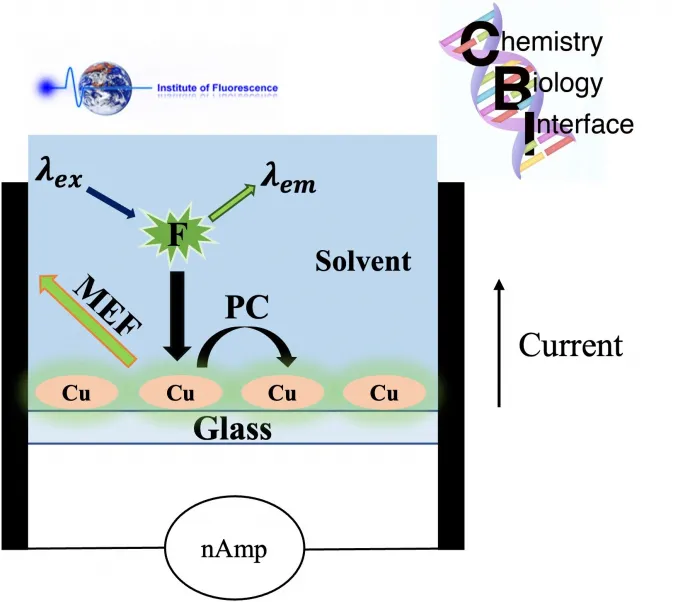University of Maryland Scientists Looking to Convert Sunlight into Chemical Energy
- Scientists from the University of Maryland, Baltimore County are researching ways to make solar panels more efficient by using molecules found in plants, like chlorophyll, to convert sunlight into chemical energy. Learn more about the process and the potential of this sustainable energy source.

What Happened?
Researchers at the University of Maryland, Baltimore County are looking to make solar panels more efficient by using molecules found in plants. The team, led by Professor Chris D. Geddes, is working to use biological molecules like chlorophyll to convert sunlight into chemical energy. The process involves leveraging the molecules' fluorescence, which gives off light when excited. Additionally, the team is looking to use relatively inexpensive and easy to obtain materials, such as copper, to make the panels.
Why Does it Matter?
Currently, solar panels are only able to convert up to about 20% of the sun's energy into electricity, meaning that large panels are needed to generate a lot of electricity. This can lead to forests being cut down and farms being replaced by solar. By using molecules found in plants, the team hopes to make solar panels that are more efficient, so that much smaller panels can make the same amount of electricity, and won't claim as much land.
What's Next?
The team is also looking to make their solar panels easier to recycle. Currently, solar panels rely on expensive materials like silicon and contain elements that can be toxic, including lead and cadmium. By using plant-based molecules as the main component of their solar panels, the team hopes to make them easier to recycle when the time comes. Additionally, they are aiming to make solar panels with greater longevity, so they last longer before needing to be disposed of.
Also read


